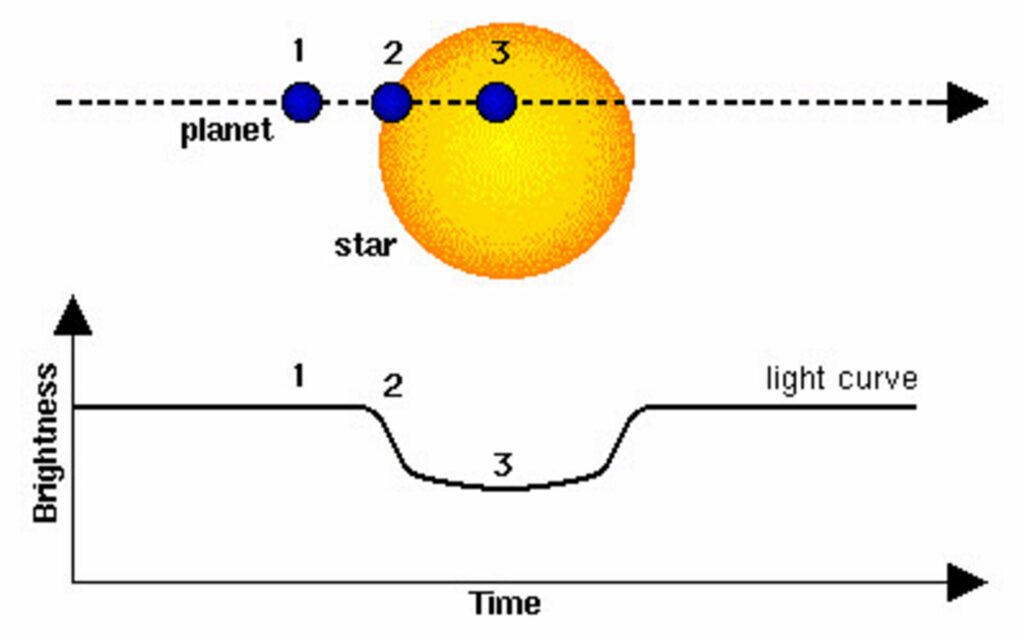Sometimes, you hear a new planet and go ‘nice!’. But this time, it’s more like… ‘how?’.

A hot puzzle
Space is, as many a philosopher and sci-fi author has put it, vast; very, very vast. But even in all the vastness of space, there are some things you wouldn’t really expect to find — like an ‘ultra-hot Neptune’, for example.
Astronomers have been aware for quite some time of the existence of “ultra-short-period planets” — hot planets that lie so close to their star that it only takes a day or so to orbit it. For comparison, it takes even Mercury, the closest planet to the sun, around 88 days to complete a full year cycle.
Up until now, all these ultra-hot planets have been either comparable in size with the Earth or with Jupiter, which is why they were typically called ‘hot Earths’ or ‘hot Jupiters’. In contrast, the newly discovered LTT 9779 is a ‘hot Neptune’.
LTT 9779 orbits its star every 19 hours, and astronomers believe the surface temperature is around 1700 degrees Celsius (over 3000 Fahrenheit). This is so hot that elements such as iron are ionized and separated from molecules, which conveniently makes it a sort of chemistry lab that astronomers can observe (at a distance of 260 light-years, that’s essentially a stone’s throw in astronomical terms).
But what’s really weird is that in this intense heat and irradiation, a Neptune-type planet would not be expected to keep its atmosphere so long. This makes for an enticing puzzle, as astronomers really aren’t sure how come the atmosphere hasn’t been blown off. The system itself is much younger than the solar system (at about 2 billion years of age), but that still doesn’t explain how such an improbable system came to be.
Caught in transit
Like so many other exoplanets, LTT 9779 was discovered using the transit method — we don’t see it directly, we just see its effect when it passes in front of its star.

Since planets don’t have their own light, it makes observing them directly very challenging, so what astronomers sometimes do instead is look at parent stars and keep an eye out for dips in luminosity. These dips occur when a planet transits in between its star and the Earth, blocking some of the starlight. By studying the amount of light that was blocked, its regularity, and other parameters in these luminosity dips, astronomers can figure out a surprising amount of information about these planets. This is how they know, for instance, that LTT 9779b should have a huge core of around 28 Earth-masses, and that its atmosphere makes up around 9% of the total planetary mass.
Of course, in order to fine-tune such measurements, you need very precise telescopes, explains Dr. George King of the University of Warwick Department of Physics, who worked on the analysis of the findings.
“We were very pleased when our NGTS telescopes confirmed the transit signal from this exciting new planet. The dip in brightness is only two tenths of one percent, and very few telescopes are capable of making such precise measurements.”
King and colleagues used the Transiting Exoplanet Survey Satellite (TESS), a space telescope designed specifically for this purpose. The transit was first confirmed in 2018 and was confirmed and complemented with other methods.
Professor James Jenkins from the Department of Astronomy at the Universidad de Chile who led the team notes that the planet exists in a sparsely populated region of space:
“The planet exists in something known as the ‘Neptune Desert’, a region devoid of planets when we look at the population of planetary masses and sizes. Although icy giants seem to be a fairly common by-product of the planet formation process, this is not the case very close to their stars. We believe these planets get stripped of their atmospheres over cosmic time, ending up as so-called Ultra Short Period planets.” Jenkins explained.
But King and Jenkins are unable to fully reconcile the differences in the observations: on one hand, King confirmed that the atmosphere should have been stripped.
“Intense X-ray and ultraviolet from the young parent star will have heated the upper atmosphere of the planet and should have driven the atmospheric gases into space.”
But on the other hand, King’s calculations showed there was not enough X-ray heating for LTT 9779b to have started out as a much more massive gas giant, so the atmosphere hasn’t been stripped.
“Photoevaporation should have resulted in either a bare rock or a gas giant,” he explained. “Which means there has to be something new and unusual we have to try to explain about this planet’s history.”
As is so often the case in astronomy, this particular mystery will remain unsolved for a time.
James S. Jenkins et al. An ultrahot Neptune in the Neptune desert, Nature Astronomy (2020). DOI: 10.1038/s41550-020-1142-z






